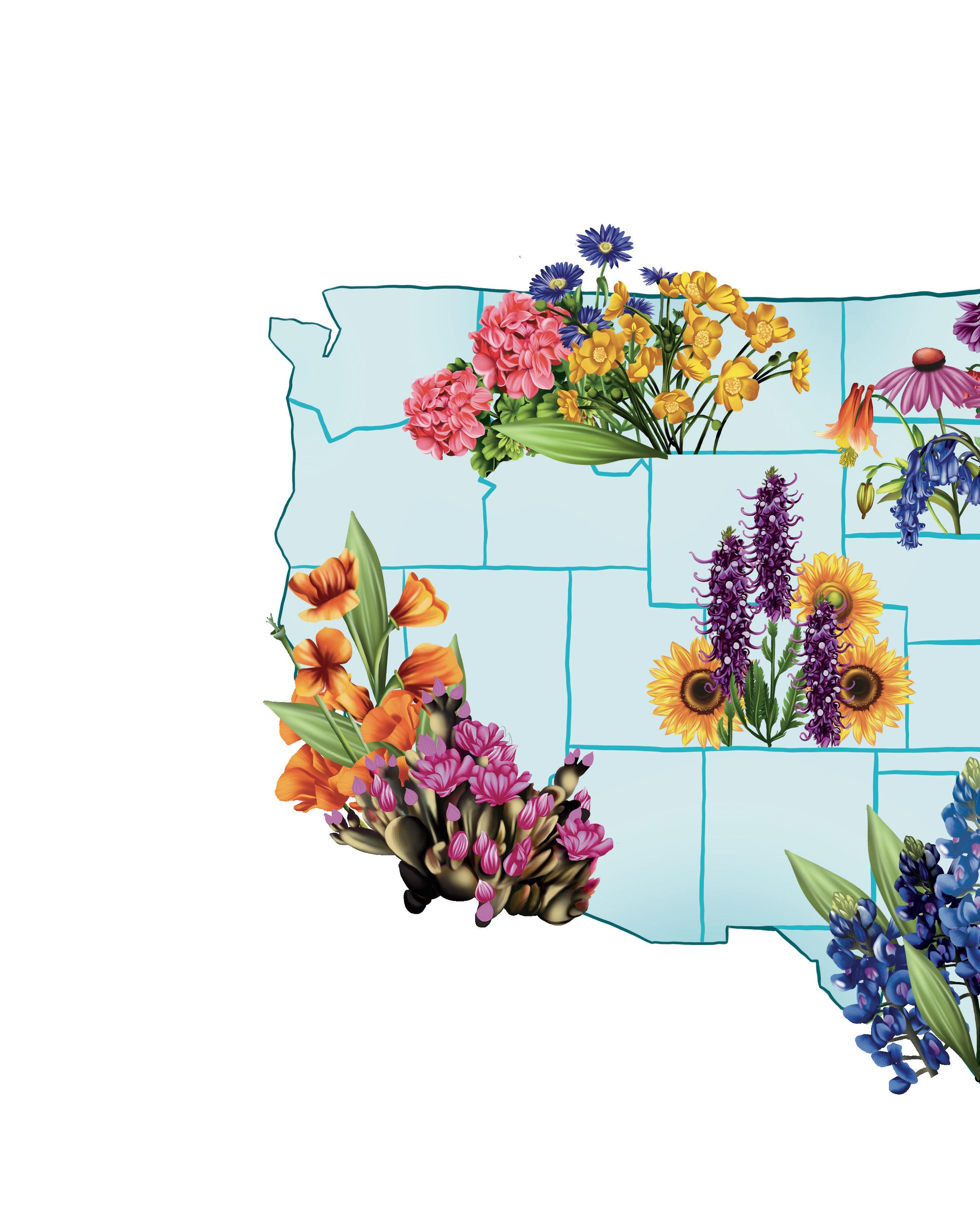
1 minute read
The Creation of Charlie Brown
WRITTEN BY Rachel Pfeiffer
Perseverance Pays Off
After high school, he completed a program at a local art school, but he then put his dreams on hold to serve in the Army during World War II. After the war, Schulz returned to Minnesota and worked a variety of jobs to pay the bills while he continued to draw and try to sell his cartoons. His comic strip “Li’l Folks,” the comic strip that would one day become “Peanuts,” appeared in the St. Paul Pioneer Press. Unfortunately, “Li’l Folks” wasn’t immediately successful. After three years, the paper no longer wanted to publish the comic.
Though Schulz continued to face a number of rejections, a few acceptances helped raise his spirits. He even sold one of his cartoons to the Saturday Evening Post. Finally, Schulz sent his cartoons to the United Feature Syndicate. They liked his work but didn’t like the name “Li’l Folks.”
Instead, they wanted to call the comic strip “Peanuts,” perhaps because “The Howdy Doody Show” seated children onstage in the Peanut Gallery. Schulz never liked the name but agreed to it to get his work in print.
On October 2, 1950, “Peanuts” appeared for the first time, running in seven newspapers. The strip only grew from there, eventually achieving national and international fame. Schulz loved his work and found much inspiration for his comic from his own life. One example is Lucy’s prank of pulling the football away at the last second, causing Charlie Brown to fall flat on his back.

“It all started, of course, with a childhood memory of being unable to resist the temptation to pull away the football at the kickoff,” Schulz wrote in his autobiography. “We all did it, we all fell for it.”
Newspapers published “Peanuts” for decades, but after nearly 50 years, Schulz retired due to health reasons. He passed away on February 12, 2000, and his final comic strip appeared the next day. For five decades, Schulz held the job he had always dreamed about and, as he explained in his autobiography, in some ways felt was inevitable. “To me it was not a matter of how I became a cartoonist but a matter of when,” he wrote. “I am quite sure if I had not sold ‘Peanuts’ at the time I did, then I would have sold something eventually; even if I had not, I would continue to draw because I had to.” •











